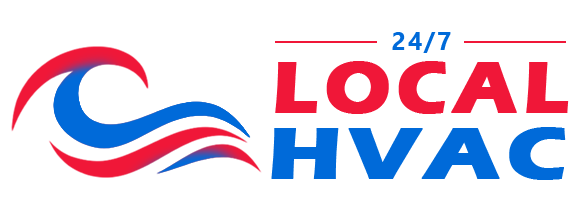Changing Furnace Filters? The Homeowner’s Guide to the Why, What, and How
Homeownership comes with an endless list of challenges. There are good times, bad times, and yelling-into-the-pillow impossibly frustrating times. Without basic HVAC know how, your home’s heating and cooling system can become an area of high stress and worry. Something that does not sound difficult, like replacing furnace filters, can seem overwhelming.
We’re here to help.
You should be replacing you air filters regularly for the overall health of your HVAC system and family. It’s relatively easy and by following this guide, anyone can do it.
If, after reading this article, you still feel uncomfortable changing your furnace filters, remember that getting help from experts is never a bad idea. If you’re in Maryland, just call the 24/7 Local HVAC family and we’ll assist.
Okay so, what’s the big deal with air filters?
The Why of Replacing Air Filters
Improve indoor air quality
Using a clean air filter will help remove the dirt, pollen particles, dust, and pathogen agents from the air, leaving it much healthier and cleaner. This is crucial for the safety of children or anyone with asthma or allergies.

Save on energy
When your air filters are clogged, your HVAC system works harder to produce the same quantity of air for your home. As a result, it uses more energy. Changing your filters regularly helps you save up to 15% on your energy bills.

Save on energy
When your air filters are clogged, your HVAC system works harder to produce the same quantity of air for your home. As a result, it uses more energy. Changing your filters regularly helps you save up to 15% on your energy bills.

What Type of HVAC Equipment Needs Their Air Filter Changed?
You can perform an air filter change on HVAC systems that use hot and cool air to condition temperature. There are two types:
Forced air systems – also called duct systems, they rely on vents and ductwork to distribute heat throughout your house.
Ductless systems – there are two separate units called the outdoor unit and the indoor unit (which is often wall-mounted). The units are connected via a refrigerant line through a hole in your wall. As per their name, these units do not need ductwork. A common type of ductless system is the mini-split.
The How of Replacing HVAC Filters- Forced Air Duct Systems
In the following section, we’ll teach you step by step how to locate your air filter in a forced air duct system, buy the correctly sized replacement, and swap the old with the new.
Where To Find The HVAC Filter
To tell you the truth, most first-time home buyers have no clue how to locate their air filters.
Most residential HVAC forced air systems are split systems. This means they have an outside unit – an air conditioner condenser unit or a heat pump condenser unit – and an inside unit – a furnace or air handler.
Your air filter is located somewhere inside, either inside the air duct system or the inside HVAC unit itself.
The exact location will depend on your airflow configuration.
Upflow Configuration
Check this out – for this configuration, the indoor HVAC unit is installed on the lowest floor of your home. Like the name suggests, it blows heated or cooled air upwards.
There are three common places to find the air filter in an upflow configuration:
- The filter is located at the return duct just outside the furnace or air handler at the lowest level of your home.

- The filter is inside the air handler or furnace. Should this be the case, you’ll need to remove the access panel to get to the filter.

3. The filter is located in the wall or ceiling at the return grill.


Downflow Configuration
If case you hadn’t figured it out yet, a downflow configuration means your air handler or downflow furnace blows cooled or heated air downward. You’ll find it installed on the middle floor of your house or in the attic.
When it comes to a downflow configuration, you’ll find three possible locations for the air filter:
1. The return duct outside the furnace or the air handler.

2. Inside the furnace. You’ll have to remove the access panel to reach the air filter.
- At the return grill in the same position as the other two configurations.

Horizontal Configuration
What’s so special with the horizontal configuration? The furnace lies on its side and pulls cool air from one side. Then it pushes warm air out the other.
As with the other configurations, the horizontal has three areas where you’ll find the air filter:
1. The return duct just outside the furnace.

2. Inside your air handler or furnace. If you find yourself in this situation, you will need to remove the access panel to gain control of your filter.
- Located at the return grill, the same as with the upflow configuration.

How To Determine The Size Of Your AC Filter
If you’ve ever looked for an air filter at a big box store like Home Depot, you know they have many options. And you probably felt a little overwhelmed.
Here’s what you do – you figure out the correct air filter size you need first.
You’re probably wondering – how do I do that?
Furnace filters work best if it is a perfect fit. So, you’ll have to make sure you buy the right size.

In the first photo, the filter is too small. There’s a giant space at the top. In the second, the air filter is sticking out like a sour thumb.
Do you see how, in the third photo, there are no big air gaps around the air filter and it’s flush with the top of the air duct? This is what you want. If your existing filter fits like this, you can get your filter’s size from it.
The air filter’s size is almost always printed on the edge of its frame. But the bold, rounded numbers are the filter’s nominal size. These are the numbers you’ll need at Home Depot.
These numbers are different from the numbers for the filter’s actual size, the measurable size. Look closer, the actual size should be written beside the nominal size in smaller print.
If the nominal size is 16x20x1, the actual air filter size may be something like 15.75×19.75×0.75.

You’ll have to measure your air duct if you see that the filter in place is either too small or too large. From there you can assume the nominal size and go to Home Depot.
Take three measurements – the depth of the return air duct, the height, and the width of the space where you air filter slides in. See below.

Where To Buy AC Filters
In Store Purchase
If you need a common sized air filter, head to a big box store such as Lowes or Home Depot. You may discover that your air filter size is uncommon, in which case you’ll need to place a custom order at a filter specialty store and ship to home.
Air Filter Subscription
This method can help you save time and money on your air filter replacement. With a subscription, the air filter is dropped at your doorstep at your desired frequency. A great example of this is Filter Fetch.
Deciding On The MERV Rating
Check this out – The MERV rating is a measurement scale that was designed in the 80s by ASHRAE. It’s used to rate how efficient air filters are.
It means Minimum Efficiency Reporting Value.
Ratings are on a scale from 1 to 20. The higher the number, the less particles can slip through. At the same time, it’s much harder on your air flow and HVAC unit.
For good protection and better air flow, when increasing the merv rating, increase the filter’s thickness as well. For example, get a 4” filter.

If a filter has a MERV 2 rating, it can trap 20% of airborne particles like pollen, dust, and lint – the bigger particles. Like with an air filter’s size, the MERV rating is always printed on the side of the filter. If can’t find it, you likely have a MERV 2 (the lowest quality filter possible). Yikes.
A little higher up the ladder we have MERV 8, which captures 70 % of airborne particles.
MERV 11 traps 85%, like smoke and allergy inducing particles,
MERV 16 filters out 95% of pollen, dust, lint, mold, pet dander, viruses, bacterium, smoke, smog, and more.

How To Replace Your Furnace Filter
- Always wear a mask and gloves when changing your furnace filters.
- Turn off the power to your unit.
- Take out the old filter.
- If your filter is washable, as certain special kinds are, wash it according to the manufacturer’s instructions. If it can’t be washed, dispose of it safely as it may have contaminants or pollutants.
- Place it in a plastic bag and deliver it to a trash receptacle located outside your home. Do not store old or dirty air filters inside your house. Remember the vast majority of air filters are not washable.
- Insert the new or clean air filter. There’s an arrow on the frame of the filter which shows you what direction the air should flow. The arrow should always point towards the blower.
- Seal the openings with a magnetic cover or silver tape to ensure no air leaks around the filter. Do not use Duct Tape.

The How of Replacing Air Conditioner Filter - Ductless Systems
A ductless system consists of a wall-mounted indoor unit that doesn’t require any ductwork to deliver hot or cold air into your home. Replacing the unit’s air filter is simple for any homeowner using the steps we’ve laid out below.
Most filters you find in ductless systems are washable.
Washable filters have many advantages.
Pros :
- They’ll help you save money in the long run.
- Washable filters are environmentally friendly.
- They’re easy to clean in a kitchen sink, bathtub or in the shower.
Cons :
- They require extra effort. You’ll have to remove and clean your filters once a month
How To Find The Air Conditioner Filters
You might not believe this but the air filters are located inside the indoor unit, right under the front panel.
Easy breezy.
How To Replace The Air Filter
- Turn off your ductless HVAC unit.
- Open the front panel of your blower unit. Lift it until you can see the plastic air filters and lock the front panel into the open position.
- Take out the air filters. Pull them from the bottom until they are released. Make sure not to shake the dust off them.
- Wash the filters. This can be done using water and detergent by spraying them with your kitchen sink nozzle.
- Allow the air filters to dry.
- Reinstall the air filters.
- Close the cover of your blower unit.
Change Your Filters; Change your Life
with 24/7 Local HVAC
If Replacing Your Furnace Filter Still Seems To Difficult
Don’t stress, call the pros. They’ll guide you through the process and check your HVAC system for any issues while they’re at it. At least they should.
If you live in Maryland, call 24/7 Local HVAC, or schedule a maintenance appointment here and one of our certified HVAC technicians will help you.
With loads of knowledge accumulated through countless years of experience, our HVAC techs will listen to you and act according to your needs. And through the courteous education they provide, you’ll develop a better relationship with your HVAC system.
Remember – change your filters four times a year to keep your indoor air clean and your HVAC unit in good shape, and, more importantly, to save money!


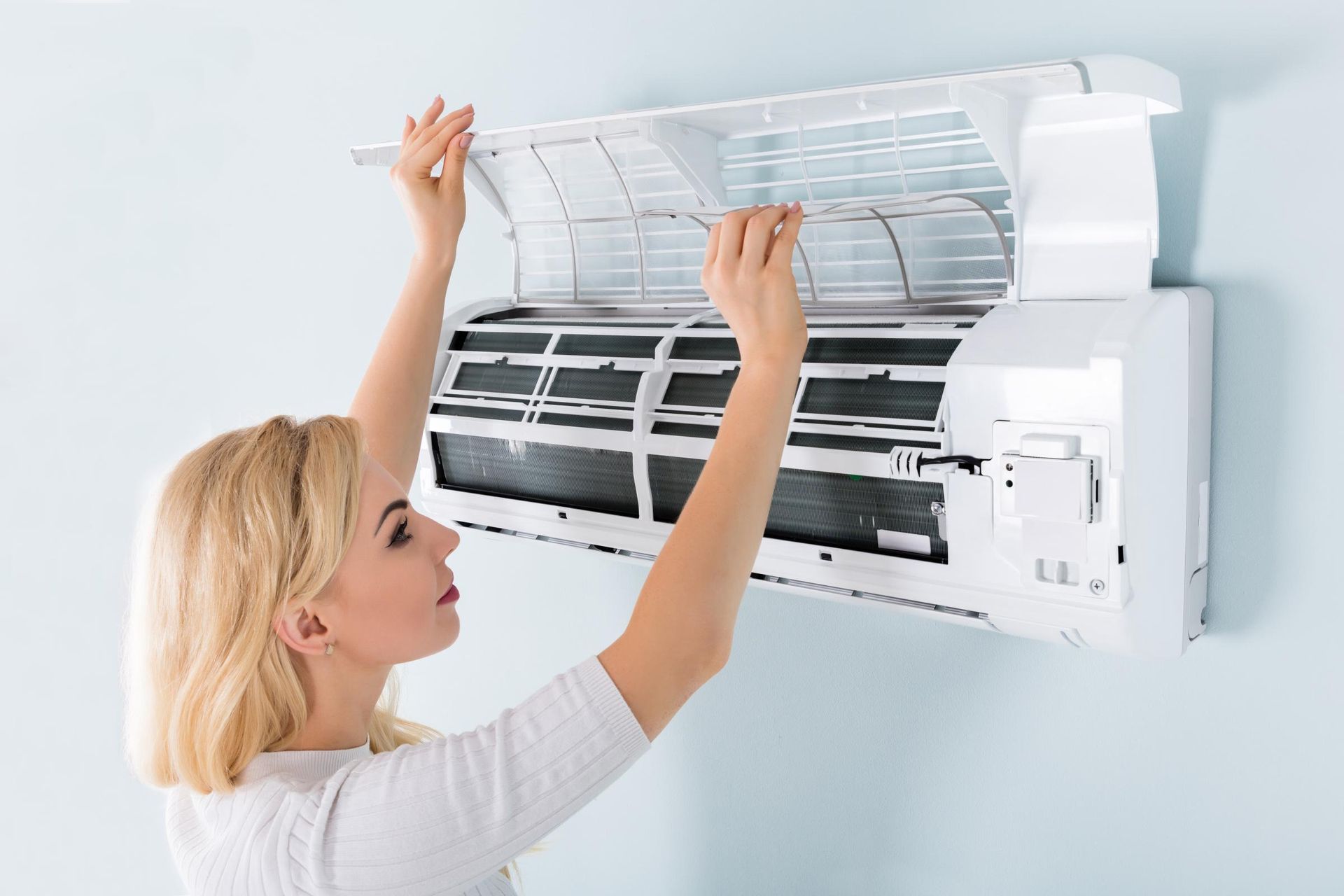
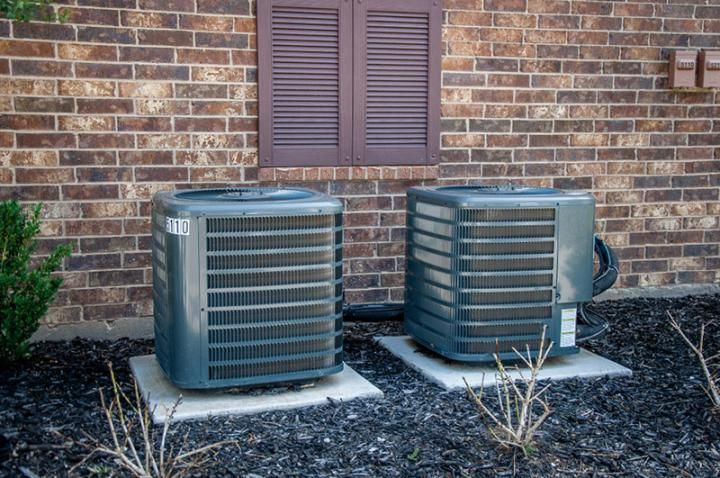

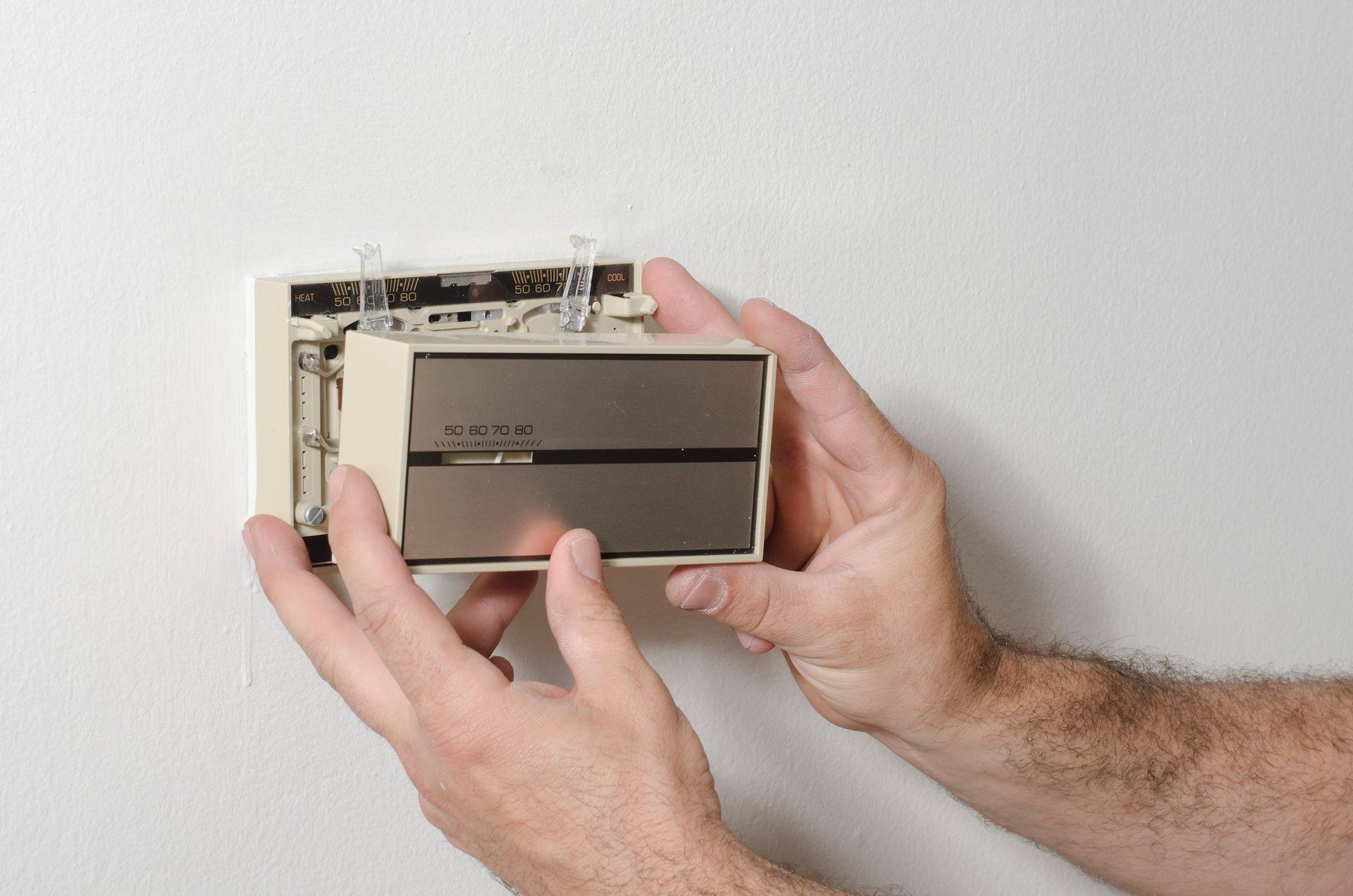

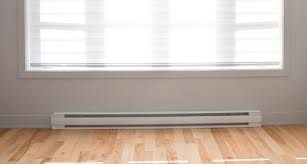
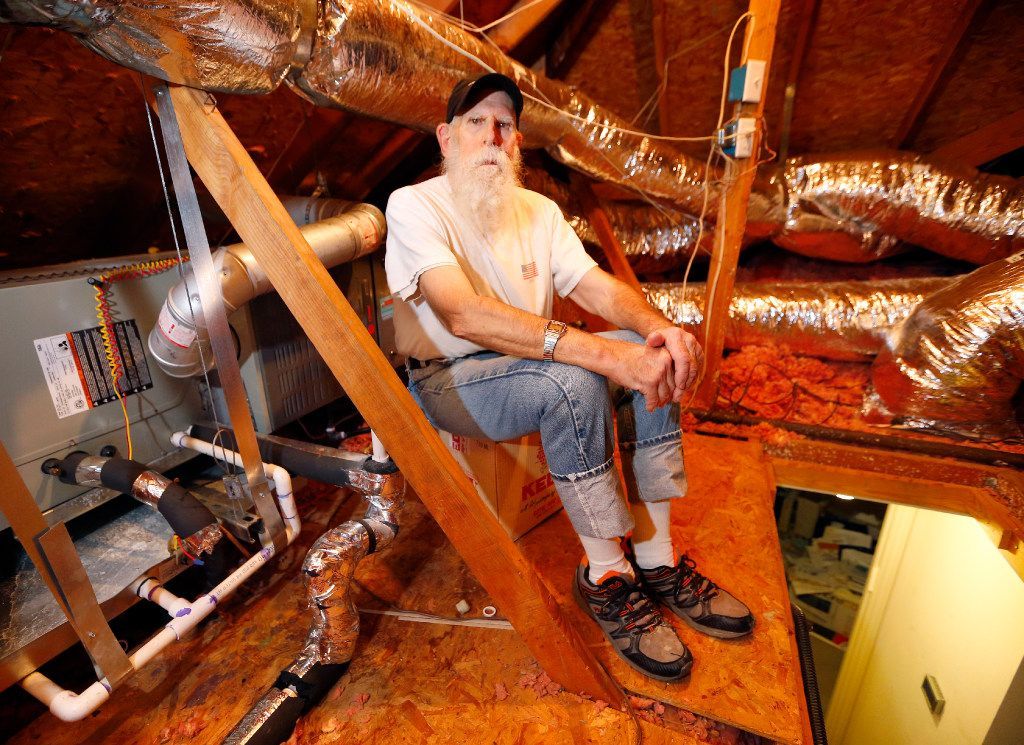

1200 Brickell Avenue Suite 1950, Miami, FL 33131
At 24/7 Local HVAC, we specialize in facilitating connections with top-tier HVAC professionals. Our focus is on bridging the gap between you and reputable HVAC companies operating within your local vicinity. It's important to emphasize that each of these HVAC entities functions independently and autonomously.
We firmly place the onus on every individual user to meticulously verify that any selected HVAC company aligns with the mandated licensing and insurance prerequisites stipulated by the governing authorities in their respective jurisdiction.
Furthermore, it's worth noting that our services may regrettably not cover all geographical areas. In instances where our services are available, the scope of offerings could potentially differ based on the composition of service providers present within that particular region.

